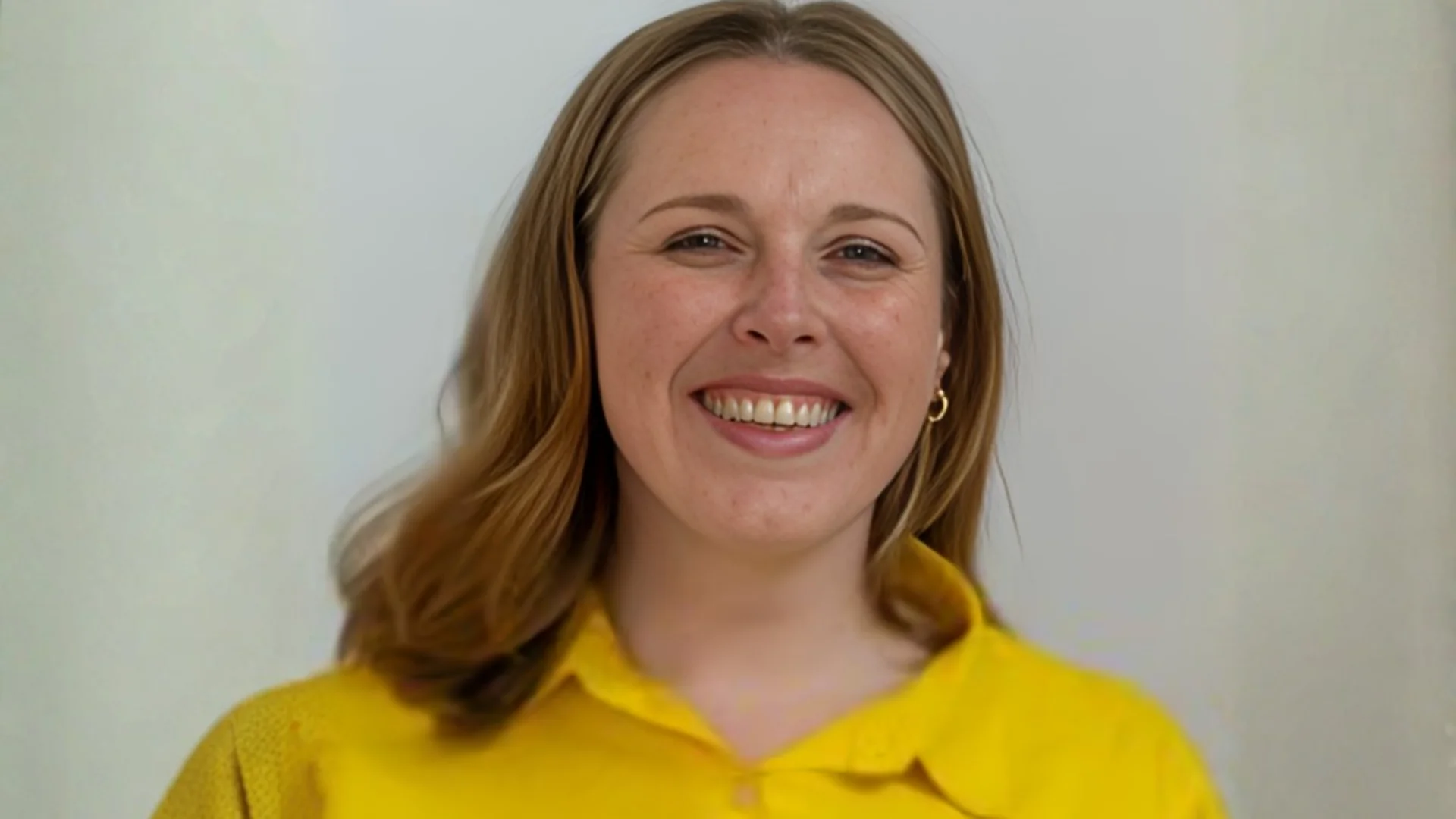A series of new murals have been unveiled beneath the M4 in Port Talbot, created as part of The Steeltown Storybook: Children’s Chapter. The project, led by Swansea University researchers Dr Michaela James, Emily Adams, and Jack Palmer, involved local primary school children aged 7 to 11 in workshops designed to explore the town’s history, current identity, and their aspirations for the future.
The initiative was developed in response to Port Talbot’s ongoing industrial changes. Through activities such as clay moulding, podcasting, and Photovoice—a method using photography for storytelling—the children reflected on their relationship with their community and shared their visions for Port Talbot. Their ideas included familiar local landmarks like Aberavon Beach and the bandstand in Taibach Memorial Park, as well as imaginative concepts such as flying cars, steel museums, and DJ aliens.
One child said: “We’d like the town to be more vibrant and colourful with painting under bridges and more graffiti projects, we hope that scientists will discover new colours.”
Local artist collective THEW CREW played a key role in translating these ideas into three murals. Ryan Lee Davies and Matthew Cole of THEW CREW said: "As local lads who’ve grown up in the community, we are grateful to have had the opportunity to take the children's ideas and turn them into a piece of art that represents the past, present and future of our town.
“We tried to make the murals as seen through the children's eyes – nice, colourful, and happy, and we really hope everyone enjoys it."
Funding for the project came from the Arts and Humanities Research Council (AHRC) Impact Accelerator Account. The project brought together Swansea University, local schools, artists, community organizations including Raspberry Creatives, the Think Family Partnership, and Neath Port Talbot Council.
Emily Adams, a History PhD candidate at Swansea University, commented: "By centring the voices of young people, this project has challenged dominant narratives about Port Talbot. Headlines sparked by the ongoing industrial transition would suggest a town without hope for the future, but over 200 local children have creatively shown that this is not their reality."
Dr Michaela James added: "The United Nations calls for all children and young people to have a voice on matters that affect them. I think this project is a fantastic example of what we can learn from listening to these voices."
Jack Palmer stated: "This project has been a prime example of citizenship and advocacy among young people in Port Talbot. Their pride and passion for their home is inspiring, and I hope decision-makers take their thoughtful suggestions to heart."
The team recently received additional AHRC funding to further promote local children’s ideas for improving Port Talbot’s future. Planned initiatives include efforts to reduce pollution, enhance public spaces, and expand youth club offerings.

